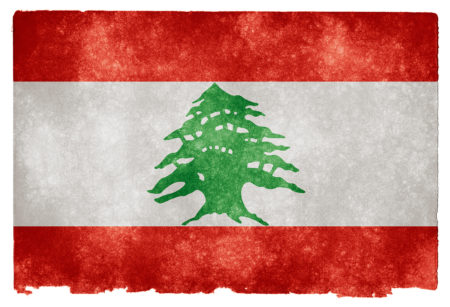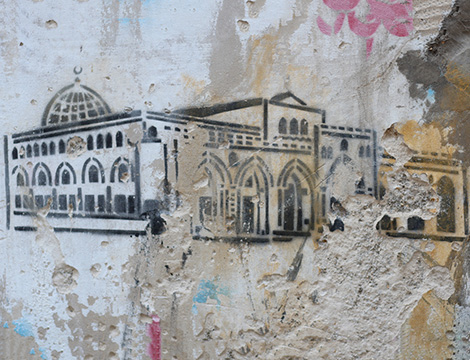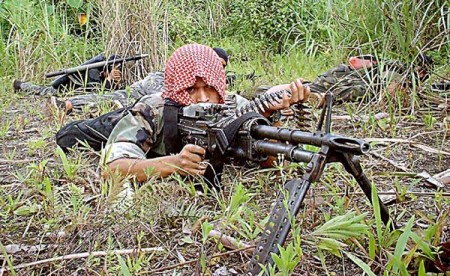
This article was originally published by the S. Rajaratnam School of International Studies (RSIS) on 7 November 2016.
Synopsis
The so-called Islamic State (IS) is the most innovative terrorist group the world has seen. In the backdrop of its loss on the ground, IS is expanding its cyber capabilities to conduct more cyber-attacks and hacking. This and its migration into the ‘darknet’ will make IS more dangerous than before.
Commentary
TERRORIST AND non-state actors have used different modes and mediums to spread their message and communicate with their comrades. The dawn of the Internet has also provided such groups with unparalleled opportunities to establish communications and operational links that were not possible before. Starting from websites, terrorist groups moved to more interactive mediums like chatrooms and forums. It was social media platforms, such as Facebook and Twitter that truly revolutionised how militants, terrorists and non-state actors communicated with each other, recruited sympathisers and supporters and disseminated their propaganda.




